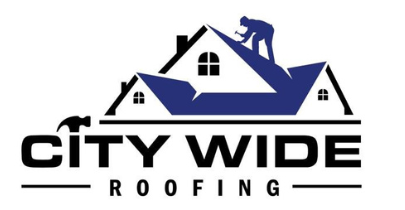In our quest for sustainability, it is imperative to consider every aspect of our built environment, including the roofs over our heads. The significance of a roof goes far beyond mere shelter, extending to energy efficiency and environmental impact.
For instance, the choice of roofing materials and design can dramatically influence a building’s overall energy consumption, affecting both the carbon footprint and operational costs. Therefore, it is valuable to engage in a detailed exploration of the potential of roofing for maximizing sustainability, discussing with roofing contractors the innovations and best practices that can transform roofs from passive barriers to the elements, into active contributors to a greener, more efficient future.
This conversation opens doors to a broader understanding of the multifaceted roles that roofs can play in our pursuit of sustainable built environments.
Sustainable Roofing Materials: An Overview
In the pursuit of enhancing energy efficiency, the adoption of sustainable roofing materials has emerged as a pivotal strategy for homeowners and commercial property owners alike. The choice of roofing materials significantly influences the energy efficiency of a building. Sustainable roofing materials, including metal, slate, and green roofs, have proven to be beneficial in improving insulation, reducing heat absorption, and promoting environmental sustainability.
Metal roofing, for instance, reflects solar radiant heat, reducing cooling costs by up to 25%. Slate, a natural and durable material, possesses excellent insulation properties, which helps maintain indoor temperature and reduce energy consumption. Green roofs, characterized by vegetation and soil layers, work as natural insulators, contributing to both thermal and acoustic insulation.
Furthermore, these materials contribute to environmental conservation efforts by reducing waste through longevity and recyclability. For example, metal roofs have a lifespan of up to 50 years and are 100% recyclable at the end of their useful life.
Innovative Energy-Efficient Roof Design
Beyond the selection of sustainable materials, innovative energy-efficient roof design plays a crucial role in optimizing a building’s overall energy performance. This ranges from the building’s orientation, the roofing material’s reflectivity, to the incorporation of renewable energy systems such as solar panels.
Innovative designs now incorporate cool roofs, designed to absorb less heat and reflect more sunlight, reducing the energy demand for air conditioning during hot months. These roofs use highly reflective materials for the roof surface, effectively reducing heat penetration into the building.
Similarly, green roofs, another innovative design, provide a layer of vegetation over a waterproofing membrane, improving insulation, and reducing the urban heat island effect. They also offer additional benefits, such as stormwater management, air purification, and the provision of habitats for urban wildlife. When considering the installation of green roofs, it’s advisable to consult with a knowledgeable roofing contractor experienced in eco-friendly roofing solutions to ensure proper installation and maximize the environmental and functional benefits.
Innovation also extends to the utilization of photovoltaic systems in roof designs. These systems convert sunlight directly into electricity, further promoting energy efficiency. By integrating these systems into the roof design, buildings can generate their own electricity, reducing reliance on the grid and promoting sustainability.
Selecting the Best: Roofing Materials With a Trusted Roofing Contractor
Exploring Commercial Roofing Solutions Offered by a Roofing Contractor


